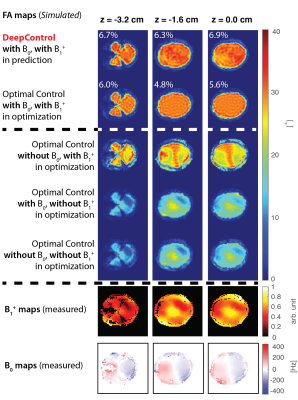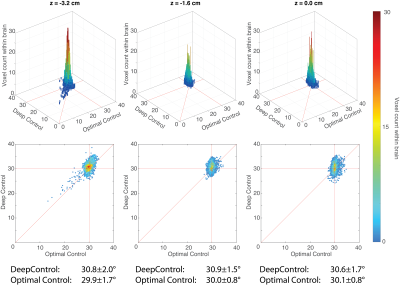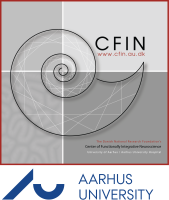Mads Sloth Vinding1, Christoph Stefan Aigner2, Jason Stockmann3,4, Bastien Guérin3,4, Sebastian Schmitter2,5, and Torben Ellegaard Lund1
1Center of Functionally Integrative Neuroscience, Aarhus University, Aarhus, Denmark, 2Physikalisch-Technische Bundesanstalt (PTB), Braunschweig and Berlin, Germany, 3Harvard Medical School, Boston, MA, United States, 4Martinos Center for Biomedical Imaging, Massachusetts General Hospital, Charlestown, MA, United States, 5Center for Magnetic Resonance Research, University of Minnesota, Minneapolis, MN, United States
1Center of Functionally Integrative Neuroscience, Aarhus University, Aarhus, Denmark, 2Physikalisch-Technische Bundesanstalt (PTB), Braunschweig and Berlin, Germany, 3Harvard Medical School, Boston, MA, United States, 4Martinos Center for Biomedical Imaging, Massachusetts General Hospital, Charlestown, MA, United States, 5Center for Magnetic Resonance Research, University of Minnesota, Minneapolis, MN, United States
In addition to localized 2D spatial-selective excitation, which it was trained for, DeepControl was able to generate optimal-control-like pulses with highly uniform FA distributions and peak voltages below the system limit, in a fraction of the time.

Figure 2: FA maps and corresponding B1+/B0 maps. First row: the DeepControl result. Second row: the corresponding OC result. The printed numbers in white are normalized root-mean-square errors. Row three to five, between the two dashed line, are intended to recap what missing field information results in with respect to FA maps. Using the previous version of DeepControl14, which did not account for field inhomogeneities, distortions like these should be expected. In all cases both B1+ map/B0 maps were included in the Bloch simulations (raster grid: 128x128).

